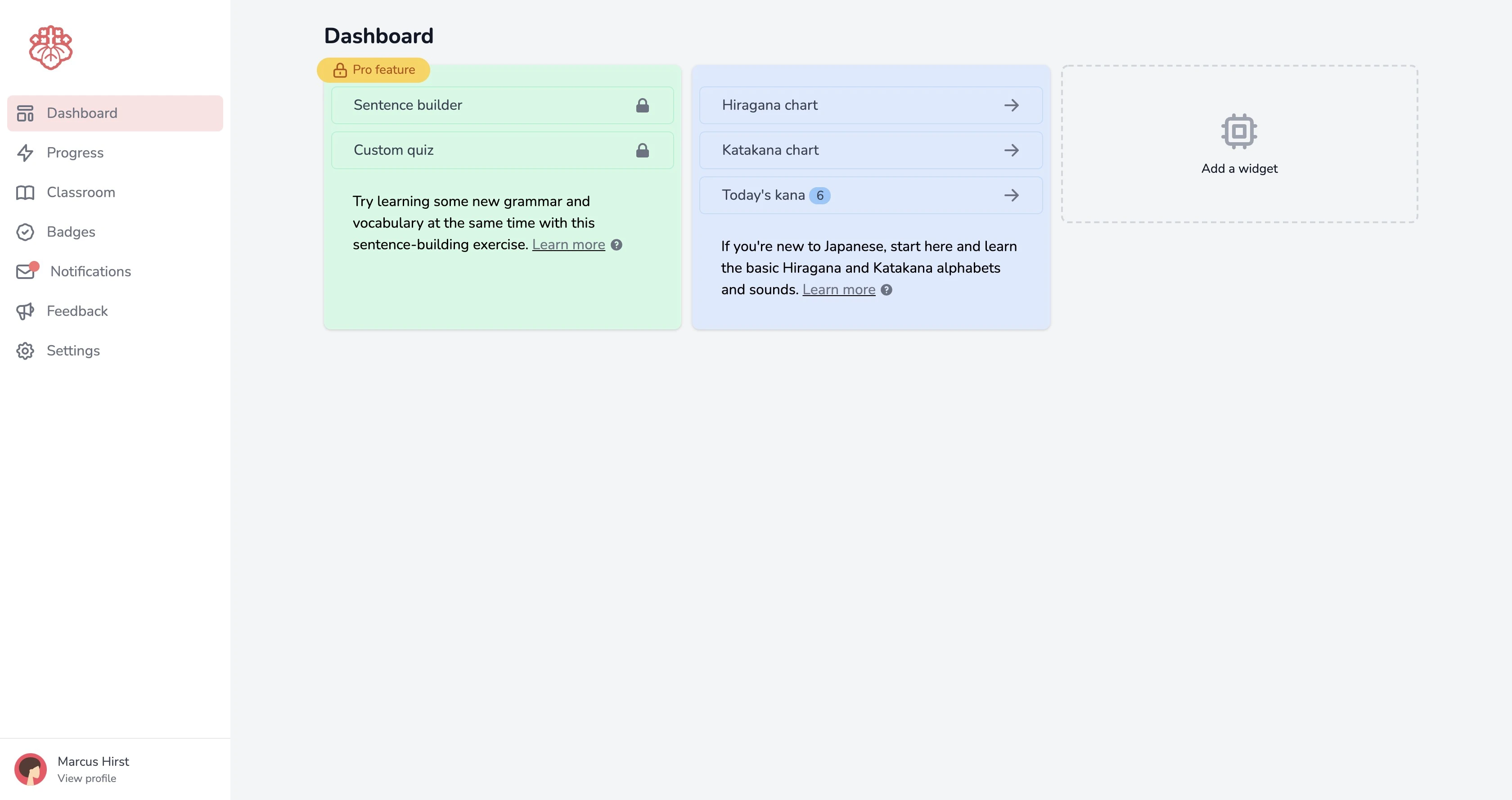Runtime: 5 min 30 sec · Uploaded Sat 16 April
Japanese Perfect Master: Lesson 3
Lesson 3 looks at how you can get to know someone better and use Yes / No questions. The pattern is the same as Lesson 1 and 2:
Someone は ○○○ です。
But here we add a か at the end of the sentence to turn it into a question. There is no question mark (?) in Japanese! Asking a question:
あなたさん は 日本(にほん) 人(じん)ですか。Are you Japanese?
Will give a Yes or No reply. はい means yes and いいえ means no. It’s not very polite to only respond to the question with ‘No’ so you can correct what the person asked by adding いいえ、じゃありません。 To sound more polite, then answer their question with the correct answer.
We are also introduced to 何(なん or なに depending on context) which means ‘What?’. And the three location words, これ, それ and あれ which mean ‘this one’, ‘that one’ and ‘that one (over there)’ respectively. これ, それ and あれ are used depending on the location of the person asking the question - which is a bit different to English. これ is for something near the speaker, それ is for something which is closer to the other person and あれ is used to ask when something is far away from both people.
0:10
Tom-san and Mark-san continue conversations from Lesson 2 about getting to know someone better. We look at different nationalities and countries. Nationality is usually the country with 人(じん) added at the end. In the second conversation, Mark-san and Tom-san ask each other what their job is. We saw how to use 私(わたし)も in the last lesson to mean ‘Me too’.
Activity ①
Pause the video after you hear the conversation a second time. See if you can understand the conversation, at 1:27
1. Mark-san assumes Tom-san has what nationality?
2. Where is Tom-san actually from?
3. What jobs to Mark-san and Tim-san have?
4. Tom-san points to something in the last conversation, what does Mark-san say it is?
1:28
Ken-san and Bob-san have the same three conversations. Pay attention to the style and listen out for the new vocabulary.
Activity ②
Pause the video after you hear the conversation a second time. See if you can understand the conversation at 2:37
1. What is Ken-san’s nationality?
2. What did Ben-san think Ken-san’s nationality was?
3. What is Ben-san’s job?
4. What object does Ben-san describe?
2:38
Paul-san and John-san have another similar conversation. We’re also introduced to いいえ、ちがいます。 Which is a shorter and still polite, but not quite as formal way to say ‘No’.
Activity ③
Pause the video after you hear the conversation a second time. See if you can understand the conversation at 4:02
1. What country is Paul-san from?
2. What country is John-san from?
3. What is Paul-san’s job?
4. What did John-san think Paul-san’s job was?
5. What does John-san do for work?
6. What item does Paul-san ask about?
4:04
Activity ④
Congratulations! You’ve made it through the video. Can you answer these questions about yourself? The video will have gaps in the audio so you can respond to あらた-san, the narrator. Listen to the conversation first and read the kana. The second time the conversation plays, see if you can recognise some of the Kanji. But at this point in your studies, don’t worry too much about Kanji.
Was this article helpful?
Want to learn even more? Start your free Pro trial today.
You learn or relearn even faster and become more confident with a small time investment each day.
Start your free trial


